Home>Garden Essentials>How To Plant Succulent Seeds
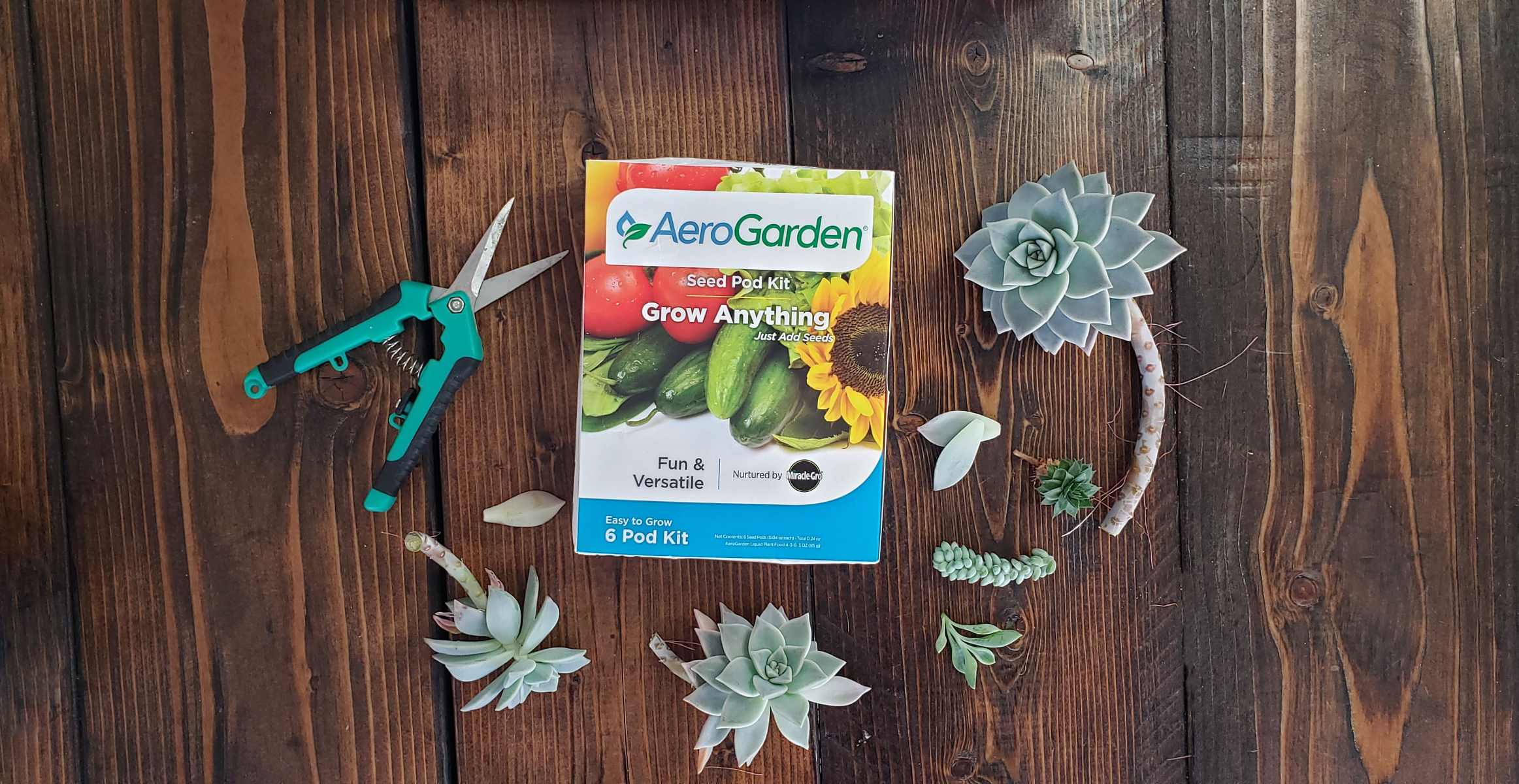

Garden Essentials
How To Plant Succulent Seeds
Modified: March 16, 2024
Learn how to plant succulent seeds in your garden and create a beautiful outdoor space with vibrant and unique plants.
(Many of the links in this article redirect to a specific reviewed product. Your purchase of these products through affiliate links helps to generate commission for Storables.com, at no extra cost. Learn more)
Introduction
Welcome to the wonderful world of succulent seeds! If you’ve ever marveled at the beauty of succulent plants and wanted to try growing them yourself, now is your chance. Planting succulent seeds can be a rewarding and fulfilling experience, allowing you to witness the growth and transformation of these unique and resilient plants from their earliest stages.
While it may seem intimidating at first, planting succulent seeds is a relatively straightforward process that requires a little bit of knowledge and a touch of patience. In this article, we will guide you through the steps of choosing the right succulent seeds, preparing the soil, sowing the seeds, providing the optimal growing conditions, and caring for the seedlings until they become thriving plants.
Before we dive into the nitty-gritty details, it’s important to understand what exactly succulents are. Succulents are a group of plants that have evolved to survive in arid and dry conditions by storing water in their leaves, stems, or roots. These plants come in a diverse range of shapes, sizes, and colors, making them a popular choice for both indoor and outdoor gardens.
Succulent seeds, just like any other plant seeds, hold the potential for life. With the right care and conditions, these tiny seeds can sprout into adorable succulent seedlings that will eventually mature into full-grown plants.
Whether you’re a seasoned gardener or a newbie, growing succulent seeds can be an exciting and rewarding journey. So let’s get started on this green-thumbed adventure and learn how to plant succulent seeds!
Key Takeaways:
- Planting succulent seeds is a rewarding journey that requires patience and attention to detail. Choose the right seeds, provide optimal growing conditions, and enjoy the unique beauty of your succulent garden!
- Proper care, including choosing the right soil, providing adequate light and temperature, and mindful watering, is essential for the healthy growth of succulent seedlings. Embrace the journey of nurturing these remarkable plants and enjoy the diversity of your succulent garden!
Read more: How To Germinate A Succulent
Choosing the Right Succulent Seeds
When it comes to choosing succulent seeds, there are a few factors to consider in order to set yourself up for success. Here are some tips to help you select the right seeds for your gardening venture:
- Research the Species: Familiarize yourself with the vast array of succulent species available. Each species has its own unique requirements and characteristics, so it’s crucial to choose seeds that align with your desired results. Some popular succulent species include Echeveria, Sedum, and Crassula.
- Consider Your Climate: Take into account the climate of your region when selecting succulent seeds. Different succulent species thrive in different climates. While some are more suited to hot and arid conditions, others can tolerate colder temperatures. Choose seeds that are well-suited to the climate in your area to increase your chances of successful growth.
- Opt for Fresh Seeds: Freshness matters when it comes to succulent seeds. Seeds that are older or improperly stored may have lower germination rates. Look for reputable seed suppliers or consider harvesting seeds from mature succulent plants in your own collection.
- Consider Seed Size: Succulent seeds can vary greatly in size. Smaller seeds are often easier to handle and plant, while larger seeds may have a higher success rate in germination. Consider your own dexterity and comfort level when choosing seed size.
- Look for Varietal Seeds: If you’re looking to introduce unique and rare succulent varieties into your garden, seek out varietal seeds. These seeds are typically bred for their distinct characteristics, such as unique color patterns or leaf shapes.
- Read Reviews: Before purchasing seeds, take the time to read reviews from other gardeners who have tried growing the same seeds. Their experiences can provide valuable insights into the germination rate, growth habits, and overall success of the seeds.
By considering these factors and doing your research, you can select the right succulent seeds for your gardening needs. Remember, each seed holds the potential for a unique and beautiful succulent, so choose with care and get ready to embark on your planting journey!
Preparing the Soil
Properly preparing the soil is essential for the successful growth of your succulent seeds. Succulents thrive in well-draining soil that mimics their native habitats. Here are the steps to prepare the soil for planting:
- Select the Right Soil Mix: Succulents prefer a soil mix that is airy and fast-draining. You can either purchase a pre-made succulent potting mix or create your own by combining equal parts of coarse sand, perlite, and well-draining potting soil. This mixture will prevent water from pooling around the roots, reducing the risk of root rot.
- Sterilize the Soil: Before planting, it’s a good idea to sterilize the soil to eliminate any potential pests, diseases, or weed seeds. You can do this by baking the soil in an oven at a temperature of 180°F (82°C) for 30 minutes. Alternatively, you can microwave the soil in a microwave-safe container for a few minutes.
- Prepare the Planting Container: Choose a shallow container with drainage holes to plant your succulent seeds. Fill the container with the prepared soil mix, leaving about half an inch (1.3 cm) of space below the rim for watering.
- Moisten the Soil: Before sowing the seeds, moisten the soil slightly. This will help the seeds make contact with the soil and initiate germination. Be careful not to oversaturate the soil, as excess moisture can lead to fungal diseases.
- Level the Soil Surface: Use a small trowel or your fingers to gently level the surface of the soil in the container. This will provide a smooth and even area for sowing the seeds.
By following these steps, you will create a suitable environment for your succulent seeds to germinate and grow. Proper soil preparation sets the foundation for healthy and robust succulent plants, so take the time to do it right!
Sowing Succulent Seeds
Now that you have prepared the soil, it’s time to sow your succulent seeds. Sowing the seeds properly will greatly increase the chances of successful germination. Here’s how to sow succulent seeds:
- Choose the Right Time: Timing is crucial when it comes to sowing succulent seeds. In general, it’s best to sow the seeds during the spring or early summer when the growing conditions are favorable and the days are longer. This will provide the seedlings with ample sunlight and warmth to establish themselves.
- Scatter the Seeds: With a pinch of your fingers or using a pair of tweezers, scatter the succulent seeds evenly over the surface of the moistened soil in the planting container. Aim for a moderate seed density, but avoid overcrowding, as this can hinder airflow and lead to fungal issues.
- Don’t Bury the Seeds: Succulent seeds are incredibly tiny, so it’s important not to bury them too deep in the soil. Gently press them onto the surface of the soil without covering them completely. Lightly mist the surface of the soil once again to settle the seeds in place.
- Add a Light Top Dressing: For an added layer of protection and moisture regulation, you can sprinkle a thin layer of crushed pumice, sand, or fine gravel over the seeds. This layer will help prevent the seeds from drying out too quickly and provide stability for the emerging seedlings.
- Cover the Container: Place a clear plastic lid or a plastic wrap over the planting container to create a mini greenhouse effect. This will help maintain a humid environment and promote faster germination. Keep the lid partially open to allow for airflow and prevent excessive humidity buildup.
Once you have sown the succulent seeds, place the container in a warm location with indirect sunlight. Monitor the soil moisture regularly and mist it gently as needed to ensure it remains slightly damp.
Be patient, as succulent seeds can take anywhere from a few days to a few weeks to germinate. Keep an eye out for the first signs of sprouting and celebrate the birth of your new succulent seedlings!
Providing Adequate Light and Temperature
Proper lighting and temperature are crucial for the healthy growth of succulent seedlings. Succulents are known for their love of sunlight and their ability to thrive in warm conditions. Here are some guidelines to ensure your succulent seedlings receive the right amount of light and temperature:
- Provide Bright Indirect Light: Place your planted succulent seeds in a location that receives bright, indirect sunlight. Avoid placing them in direct sunlight, especially during the hottest hours of the day, as this can lead to sunburn and damage the delicate seedlings. If natural light is limited, you can supplement with artificial grow lights, providing 12-16 hours of light per day.
- Monitor Temperature: Succulent seeds germinate best in temperatures ranging between 70°F to 75°F (21°C to 24°C). Once the seedlings have emerged, maintain a temperature range between 60°F to 70°F (15°C to 21°C) during the day and slightly cooler temperatures at night. Avoid exposing the seedlings to drastic temperature fluctuations or cold drafts, as this can stress them and impede growth.
- Rotate the Container: To ensure even growth and prevent the seedlings from leaning towards the light source, rotate the planting container every few days. This will encourage the seedlings to grow straight and develop into well-balanced plants.
- Adjust Light Intensity: If you notice that your succulent seedlings are becoming leggy or stretching towards the light, it indicates that they are not receiving enough light. In this case, you can move them to a brighter location or adjust the height of your grow lights to provide more intensity.
Remember, the right balance of light and temperature will play a vital role in the growth and development of your succulent seedlings. By providing them with the optimal conditions, you will set them up for success and establish a strong foundation for future growth.
Read more: How To Start Succulent Seeds
Watering and Fertilizing Succulent Seeds
Watering and fertilizing are essential aspects of caring for your succulent seeds. However, succulents have unique water and nutrient requirements compared to other plants. Here are some guidelines to ensure proper watering and fertilizing of your succulent seeds:
- Practice Patience: Succulent seeds have delicate roots and can easily rot if overwatered. It’s important to be patient and resist the urge to overwater. Allow the soil to dry slightly between waterings to prevent waterlogged conditions.
- Soak and Drain Approach: When it’s time to water, give your succulent seeds a thorough soak by pouring water evenly over the soil surface until it starts to drain through the bottom of the container. Allow excess water to completely drain away to avoid the risk of root rot.
- Frequency of Watering: The frequency of watering will depend on various factors, such as temperature, humidity, and the moisture retention capacity of your soil mix. As a general rule, aim to water your succulent seeds when the top inch (2.5 cm) of the soil feels dry to the touch. This may translate to watering every 7 to 10 days, but always rely on the moisture level of the soil as your primary guide.
- Use a Spray Bottle: To avoid overwatering and to prevent disturbing the delicate seedlings, you can mist the soil surface with a spray bottle instead of using a watering can or hose. This will provide a gentle and controlled amount of moisture.
- Choose a Diluted Fertilizer: Once the succulent seedlings have established their first set of true leaves, you can start fertilizing them. Choose a balanced, water-soluble fertilizer specifically formulated for succulents. Dilute the fertilizer to half or quarter strength and apply it to the soil once a month during the growing season. Avoid fertilizing during the dormant period.
- Watch for Signs of Overwatering or Underwatering: Pay close attention to the condition of your succulent seedlings. If the leaves appear mushy, yellow, or are dropping, it may indicate overwatering. If the leaves appear shriveled and wrinkled, it may indicate underwatering. Adjust your watering routine accordingly to maintain the right balance.
Remember, succulents are adapted to survive in arid conditions, so it’s better to underwater than to overwater them. By providing them with the right amount of moisture and occasional balanced fertilization, you will support their growth and keep them thriving.
When planting succulent seeds, make sure to use well-draining soil and keep the seeds moist but not waterlogged. Place the seeds in a warm, sunny spot to encourage germination.
Transplanting Succulent Seedlings
As your succulent seedlings grow, they will eventually outgrow their initial planting container and require transplanting into larger pots or the garden. Transplanting is an important step to provide adequate space for root development and continued growth. Here’s how to transplant your succulent seedlings:
- Choose the Right Time: It’s best to transplant succulent seedlings when they have developed a substantial root system, usually after a few months of growth. Avoid transplanting during the dormant period to minimize stress on the plants.
- Select the New Container: Choose a container that is slightly larger than the current one, with drainage holes to allow excess water to escape. Make sure the new container is clean and has been thoroughly rinsed to remove any potential substances that could harm the seedlings.
- Prepare the New Potting Mix: Fill the new container with a well-draining succulent potting mix, similar to the one used initially. Avoid using regular garden soil, as it can be too heavy and may not provide adequate drainage.
- Gently Remove the Seedlings: Carefully loosen the soil around the seedlings in the current container. Support the seedlings by holding onto their leaves or using a small tool like a spoon to gently lift them out, being cautious not to damage the delicate roots.
- Planting in the New Container: Create a small hole in the new container’s soil mix and gently place the seedling into it. Hold the seedling in place and fill the gaps around the roots with more soil mix, pressing gently to secure the plant.
- Water Carefully: After transplanting, water the succulent seedlings sparingly. Allow the soil to dry slightly between waterings to prevent the risk of overwatering. Gradually increase watering as the plants establish themselves in their new containers.
- Provide Adequate Light: Place the newly transplanted seedlings in a location that receives bright but indirect sunlight. Avoid exposing them to intense sunlight right away, as they may be more susceptible to sunburn during the post-transplantation period.
Transplanting can be a bit stressful for succulent seedlings, so it’s important to handle them with care and provide the right conditions to aid their recovery. With a little patience and proper aftercare, your transplanted succulent seedlings will continue to thrive and grow into mature, beautiful plants.
Caring for Succulent Seedlings
Succulent seedlings require specific care to ensure their healthy growth and development. Here are some essential tips for caring for your succulent seedlings:
- Provide Adequate Airflow: Succulents thrive in well-ventilated environments. Ensure that there is proper airflow around your seedlings by avoiding overcrowding and allowing space between plants.
- Monitor Light and Temperature: Continue to provide bright, indirect light to your succulent seedlings. Adjust the light intensity and duration as needed, especially if growing them indoors with artificial lights. Maintain a consistent temperature range between 60°F to 70°F (15°C to 21°C) during the day and slightly cooler temperatures at night.
- Water Moderately: Succulent seedlings are still developing their root systems and are more susceptible to root rot. Water them sparingly but when necessary, allowing the soil to dry slightly between waterings. Aim for a moist but not waterlogged soil condition.
- Avoid High Humidity: Succulent seedlings prefer lower humidity levels, similar to their natural desert-like environments. Avoid placing them in overly humid locations or using humidity domes, as they can lead to excessive moisture retention and fungal issues.
- Protect from Pests: Keep a close eye on your seedlings for any signs of pests, such as aphids or mealybugs. If you notice any infestation, use a gentle insecticidal soap or neem oil to treat the affected plants.
- Gradually Introduce Outdoor Conditions: If you plan to eventually move your succulent seedlings outdoors, make sure to acclimate them gradually. Start by placing them outdoors in a shaded area for a few hours each day, gradually increasing the exposure to sunlight over a week or two.
- Be Mindful of Fertilizing: Succulent seedlings do not require heavy fertilization. Use a diluted, balanced succulent fertilizer at quarter or half strength, applying it sparingly once a month during the growing season. Avoid fertilizing during the dormant period.
- Observe and Adjust: Pay attention to any changes in the appearance or health of your succulent seedlings. With experience, you will learn to read their signals and adjust care accordingly. Make note of any specific needs or preferences exhibited by different species.
Caring for succulent seedlings requires observation, patience, and a gentle touch. By providing them with the right conditions and responding to their specific needs, you will set them on the path to becoming healthy and resilient mature succulent plants.
Common Problems and Solutions
While succulent seedlings are generally resilient, they can encounter certain issues along the way. It’s important to be aware of these common problems and know how to address them appropriately. Here are some common problems you may encounter when caring for succulent seedlings and their potential solutions:
- Overwatering: One of the most common issues with succulents is overwatering, which can lead to root rot. If you notice the seedlings’ leaves turning yellow or becoming mushy, it’s a sign of overwatering. Allow the soil to dry out before watering again and adjust your watering frequency accordingly.
- Underwatering: On the flip side, underwatering can cause succulent seedlings to shrivel and become dehydrated. If the leaves appear wrinkled or thin, increase your watering frequency, ensuring the soil is moist but not soggy.
- Leggy Growth: Insufficient light can cause succulent seedlings to stretch and become leggy, with elongated stems and sparse foliage. To combat leggy growth, provide them with more light or adjust the positioning of your grow lights to provide sufficient intensity.
- Pest Infestation: Succulents can be susceptible to pests such as aphids, mealybugs, or spider mites. If you notice any signs of pest infestation, such as discolored or distorted leaves, treat the affected plants with a gentle insecticidal soap or neem oil solution to eliminate the pests.
- Leaf Propagation Failures: Sometimes, propagating succulent seedlings from leaves may not be successful. This can be due to improper leaf preparation or unfavorable conditions. Ensure the leaf cuttings are healthy and calloused before planting, and provide the right amount of light, temperature, and moisture for successful propagation.
- Seedling Stretching: Seedlings may stretch or lean towards the light source if it’s not evenly distributed. Rotate the container regularly to promote upright growth and ensure each seedling receives equal light exposure.
- Mold or Fungal Growth: Excessive moisture and lack of airflow can lead to mold or fungal growth on the soil surface or seedlings. Increase airflow, reduce watering, and use a fungicidal spray or cinnamon powder to combat mold and fungal issues.
By being proactive and addressing these common problems promptly, you can keep your succulent seedlings healthy and thriving. Remember, each issue can be a learning opportunity, so don’t be discouraged if you encounter challenges along the way. With patience and care, your succulent seedlings will continue to grow and flourish.
Read more: How To Make Succulent Vertical Garden
Harvesting and Propagating Succulent Plants
As your succulent plants mature, you may want to propagate them or expand your collection. Harvesting and propagating succulents is a rewarding process that allows you to create new plants from existing ones. Here’s how to harvest and propagate succulent plants:
- Choose a Healthy Parent Plant: Select a mature succulent plant that is healthy and thriving for the best chances of success in propagating. Look for plants with plump leaves, strong stems, and no signs of disease or damage.
- Leaf Propagation: Leaf propagation is a popular method for propagating succulents. Gently twist or cut a healthy leaf from the parent plant using clean, sharp scissors or a clean twist-and-pull method. Allow the cut end of the leaf to callous over for a day or two to prevent rotting.
- Prepare Propagation Medium: Prepare a well-draining propagation medium by using a mixture of succulent potting soil and perlite or coarse sand. Place the mixture in a shallow tray or pot with good drainage.
- Plant the Leaves: Lay the calloused leaf on the propagation medium, ensuring that the end of the leaf that was attached to the parent plant is facing upwards. Gently press the leaf into the medium, but avoid burying it too deeply.
- Provide Optimal Conditions: Place the tray or pot in a warm location with indirect sunlight. Mist the propagation medium lightly with water every few days to keep it slightly moist. Avoid overwatering, as excessive moisture can cause the leaves to rot.
- Wait for Root and Pup Formation: After a few weeks, you will start to see tiny roots forming at the base of the leaf. Eventually, small plantlets called “pups” will emerge from these roots. Once the pups have grown to a reasonable size, they can be transplanted into their own pots or garden spots.
- Cutting Propagation: Another method of propagation is through stem cuttings. Take a clean, sharp knife or shears and cut a healthy stem from the parent plant. Allow the cut end to callous over for a day or two, then dip it in a rooting hormone (optional) before planting it in a well-draining soil mix.
- Watering and Care: Water the newly propagated leaves or cuttings sparingly, allowing the soil to dry out slightly between waterings. As the new plants develop roots and establish themselves, you can adjust their care routine to match that of mature succulents.
By experimenting with different propagation methods and being patient, you can create new succulent plants to expand your collection or share with fellow succulent enthusiasts. Propagation is an exciting and rewarding way to continue the cycle of growth and create a flourishing succulent garden.
Conclusion
Congratulations on embarking on your journey of planting and growing succulent seeds! Cultivating succulents from seed can be a fulfilling and rewarding experience, allowing you to witness the remarkable transformation from tiny seeds to beautiful, resilient plants. By following the steps outlined in this article, you can create an optimal environment for your succulent seeds to thrive.
Remember to choose the right succulent seeds based on your preferred species and climate. Prepare well-draining soil and sow the seeds with care, ensuring they receive adequate light, temperature, and moisture. Be mindful of common problems like overwatering or leggy growth, and take the necessary steps to mitigate them.
Caring for succulent seedlings requires attention to detail, patience, and a deep understanding of their unique needs. Watch them grow, adjust their care routine as needed, and enjoy the journey of nurturing these remarkable plants. Don’t forget to propagate your mature succulents to expand your collection and share the joy with others.
Throughout this process, remember to embrace the beauty of imperfection. Succulents come in an array of shapes, sizes, and colors, and each one tells a unique story. Enjoy the diversity and intricacies of your succulent garden as it evolves over time.
Now, armed with the knowledge and tips provided in this article, it’s time to put your gardening skills to work and bring forth the splendor of succulent seeds. Whether you choose to grow them as indoor houseplants or create a stunning succulent garden outdoors, may your journey be filled with joy, tranquility, and a green-thumb touch!
Frequently Asked Questions about How To Plant Succulent Seeds
Was this page helpful?
At Storables.com, we guarantee accurate and reliable information. Our content, validated by Expert Board Contributors, is crafted following stringent Editorial Policies. We're committed to providing you with well-researched, expert-backed insights for all your informational needs.
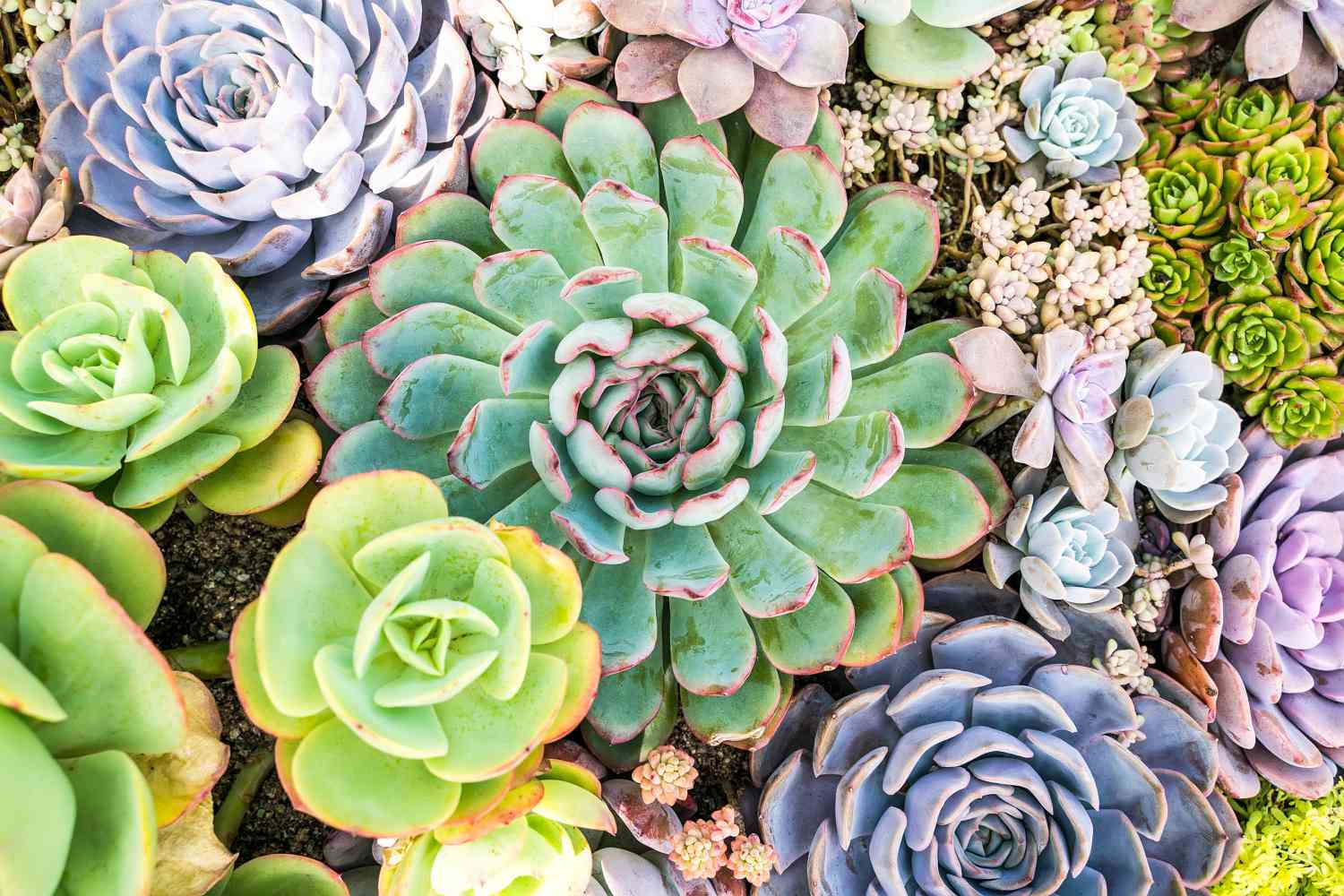
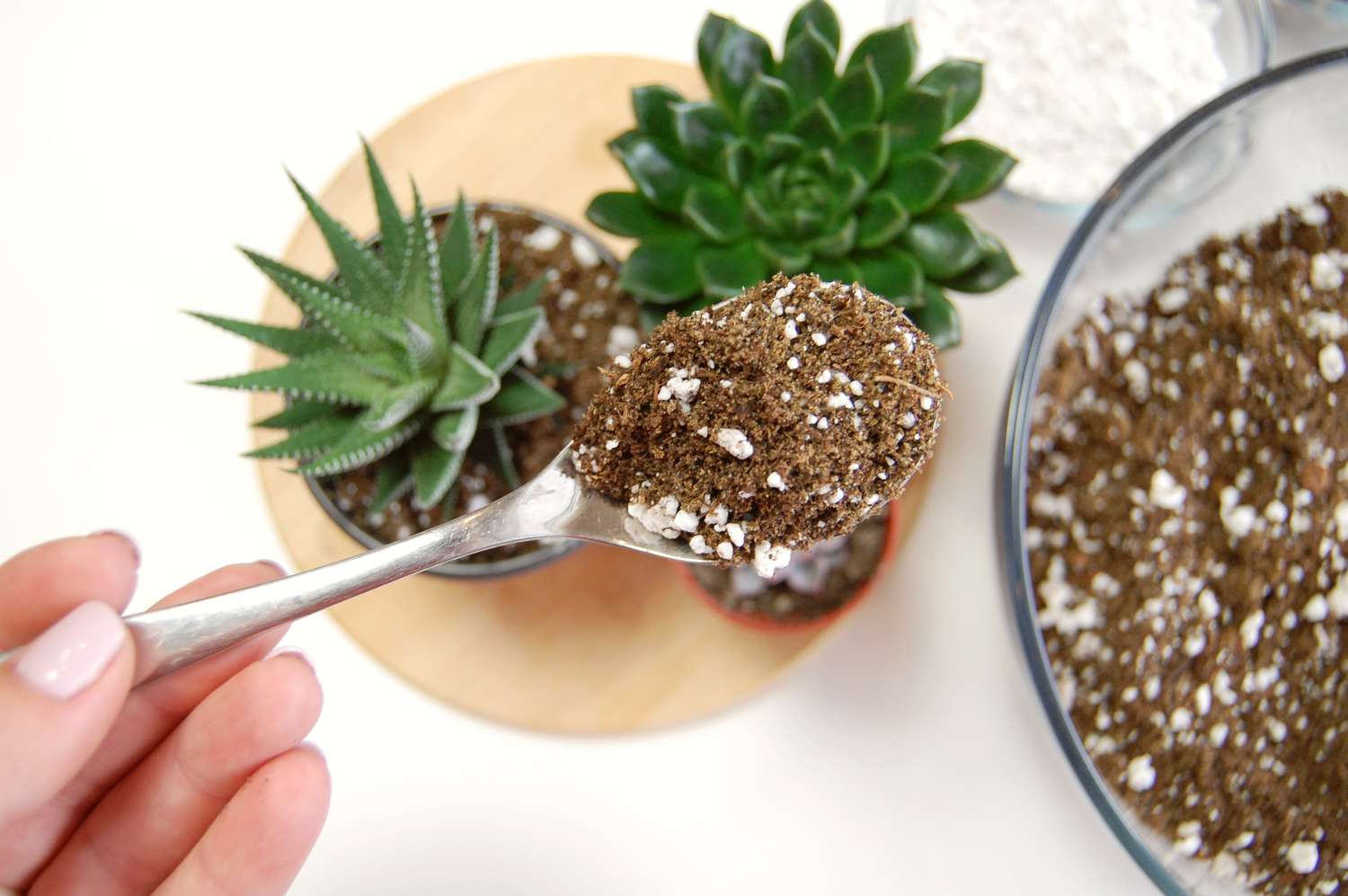


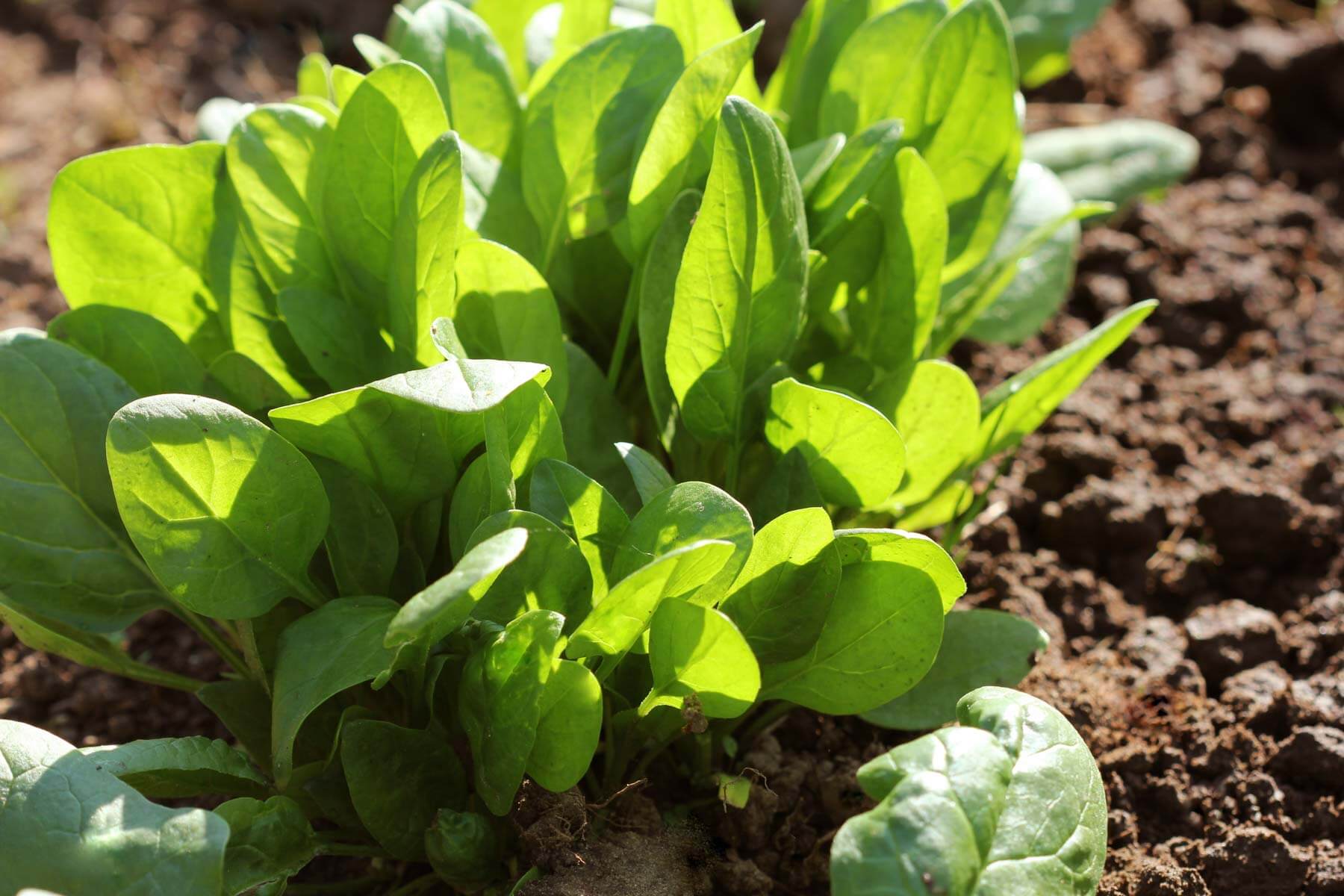
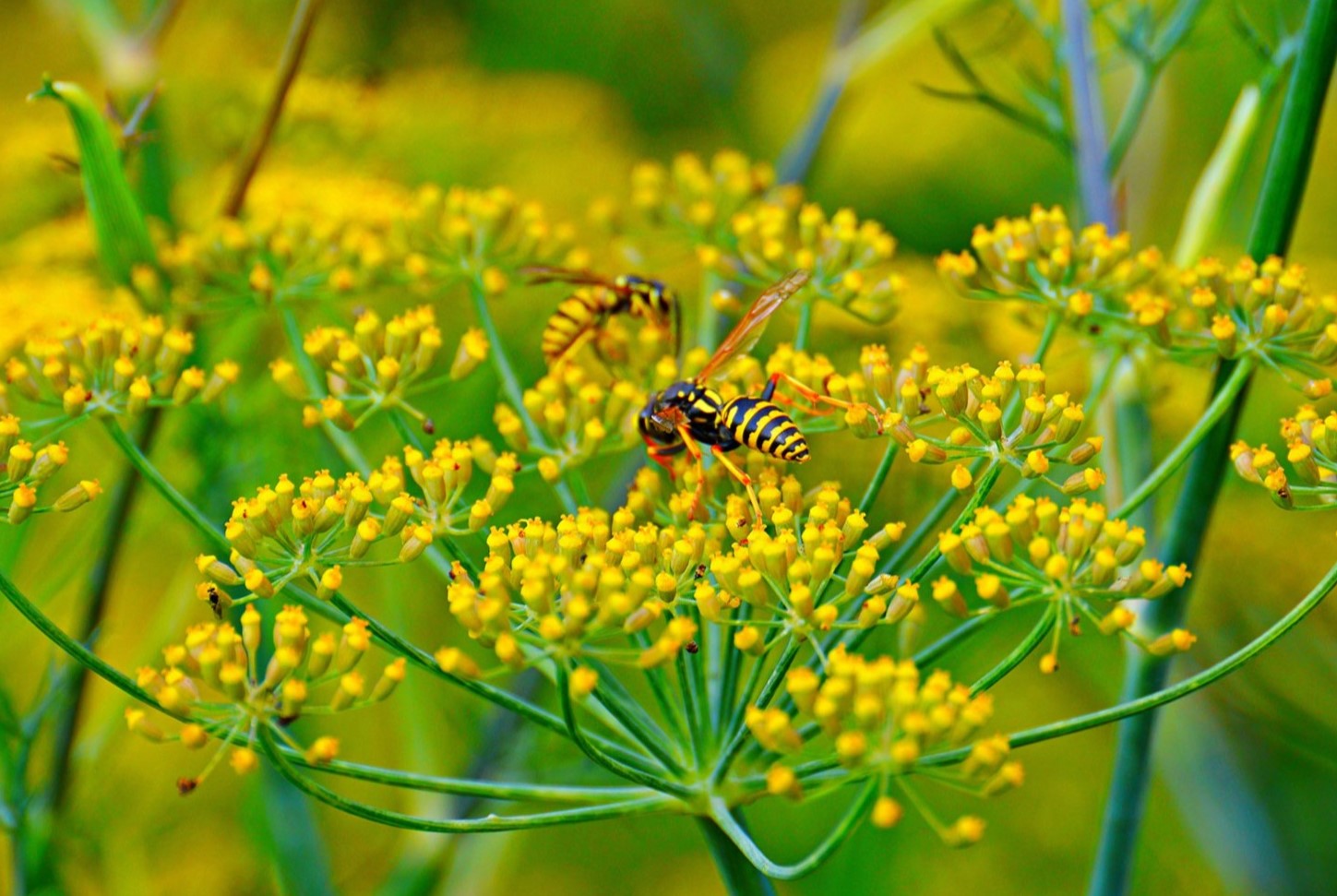
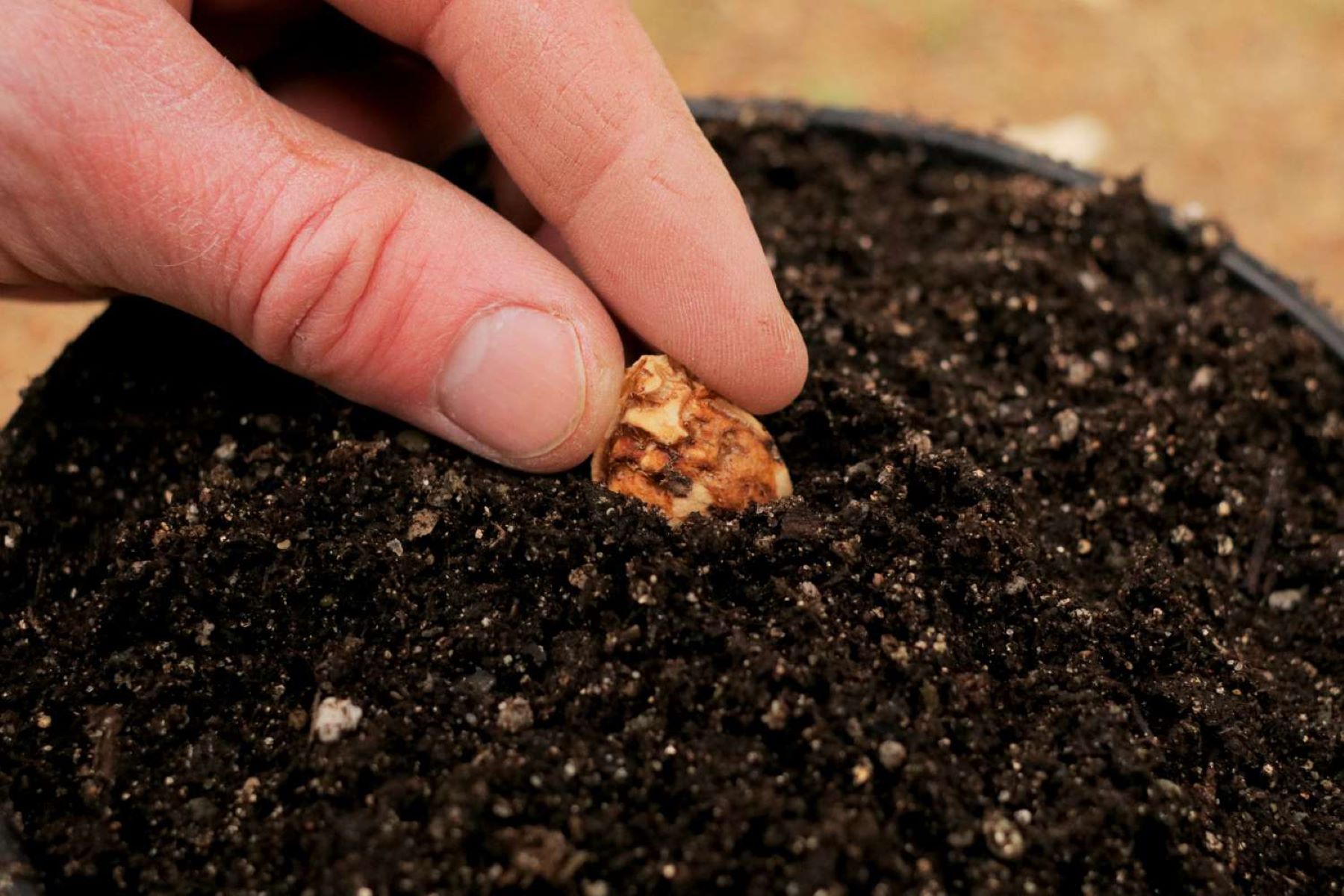
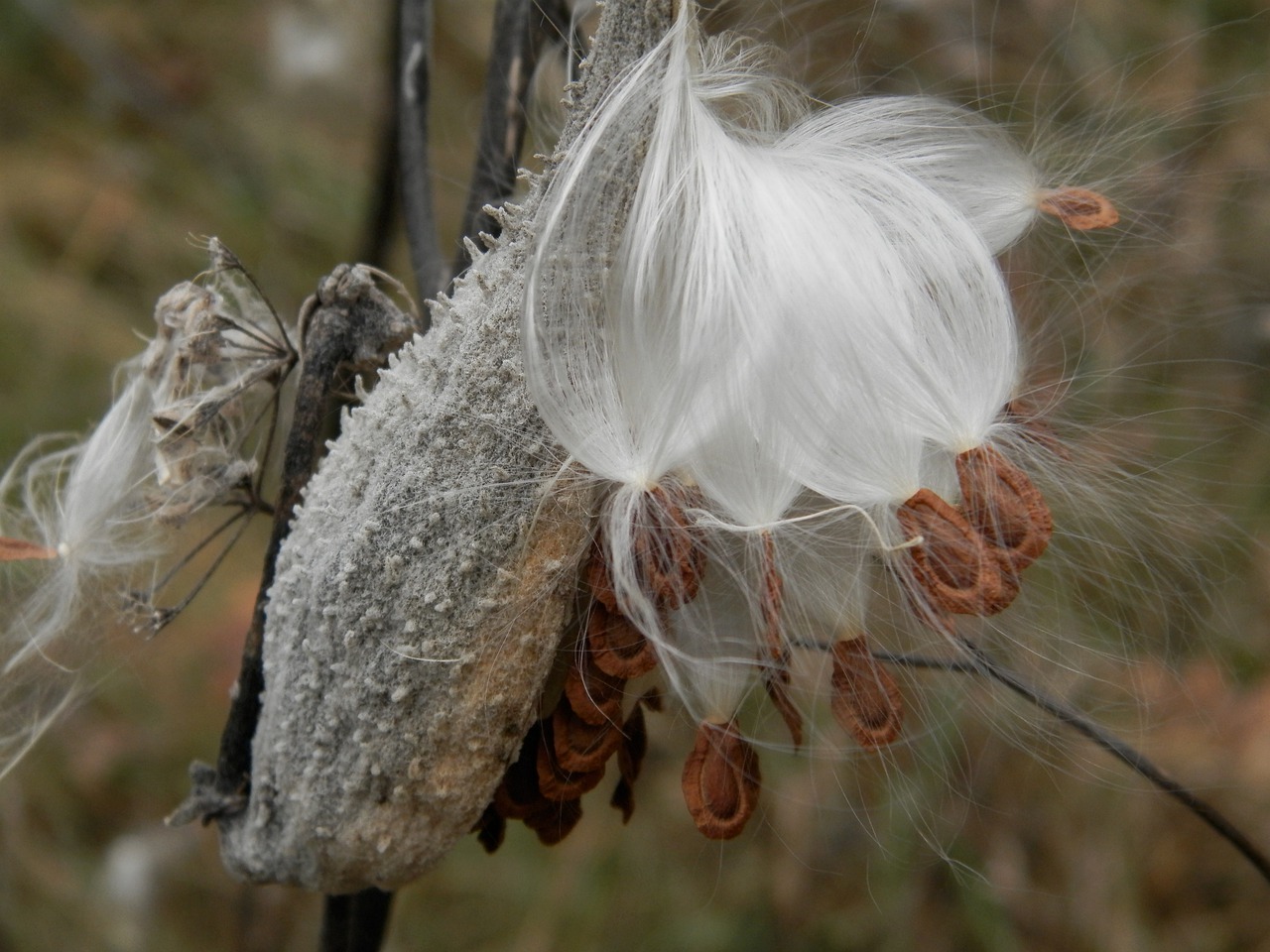
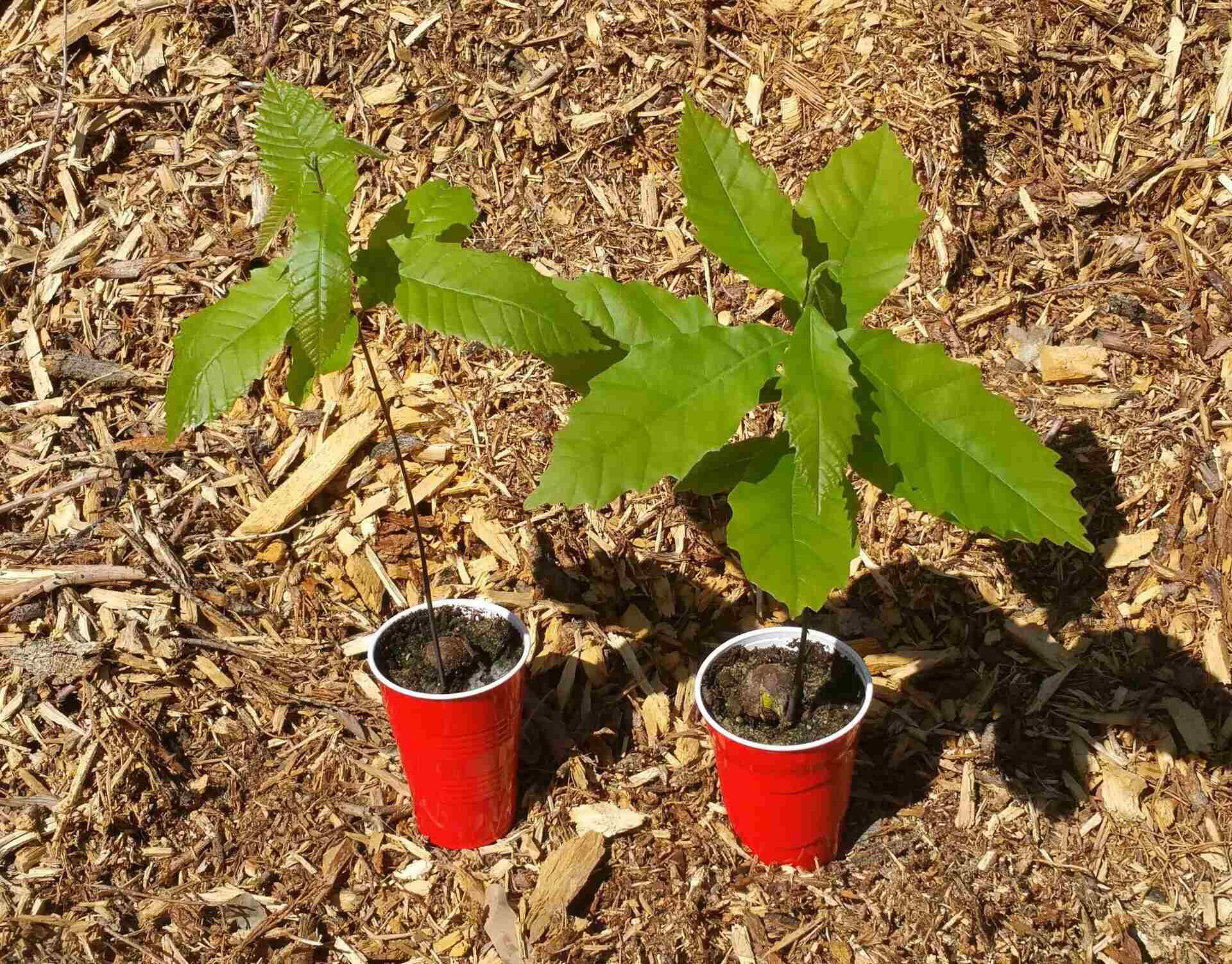

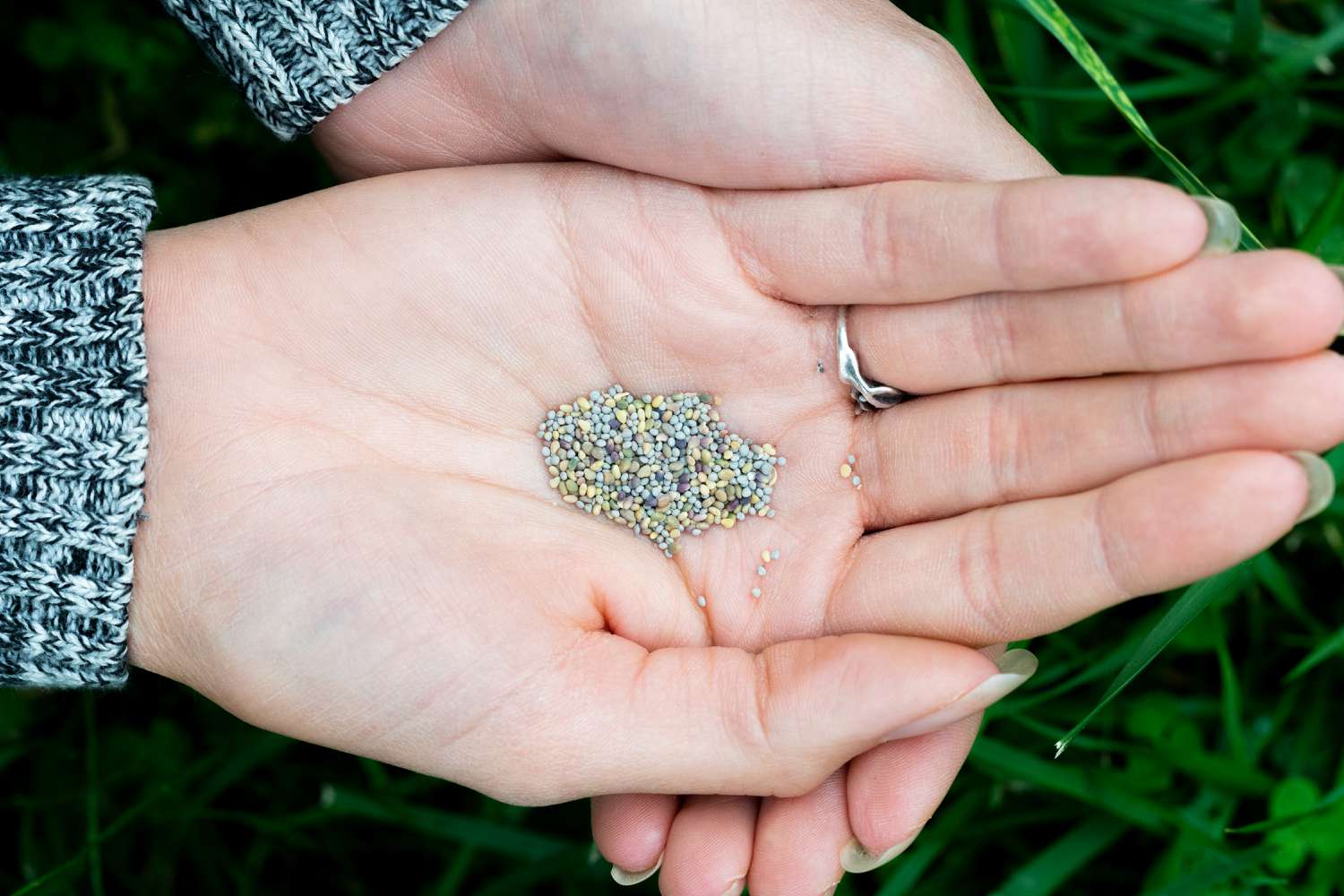
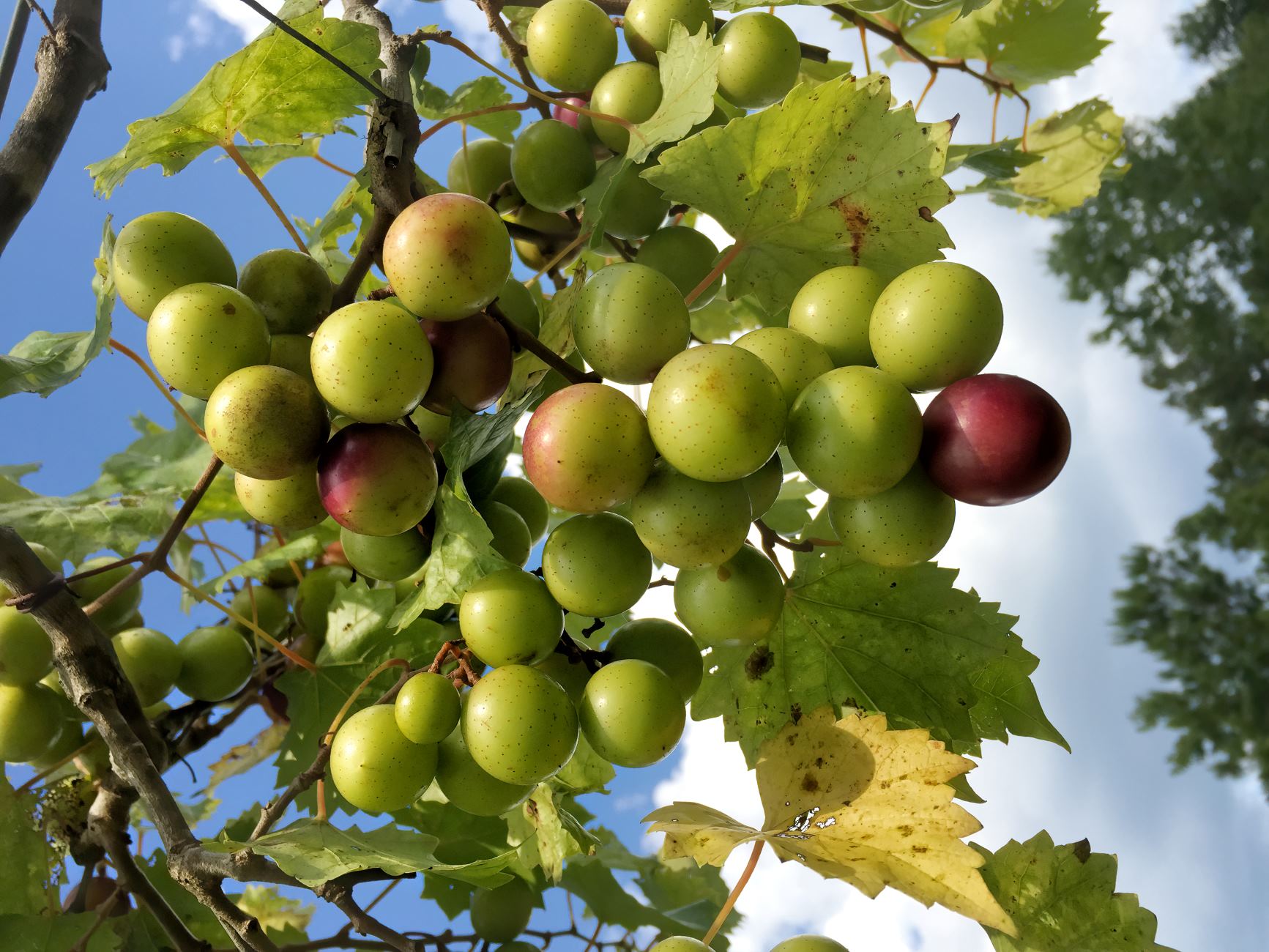
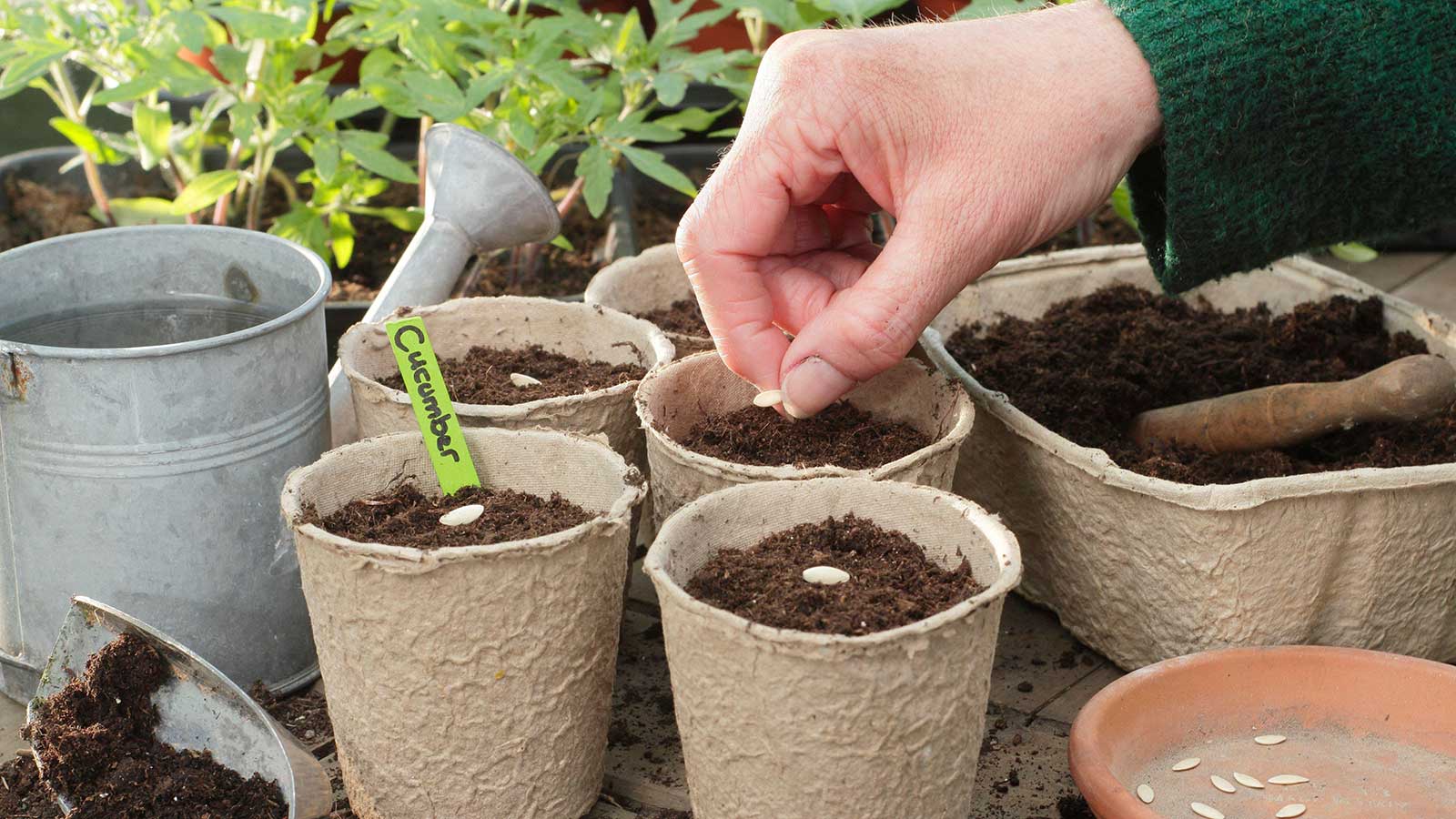

0 thoughts on “How To Plant Succulent Seeds”